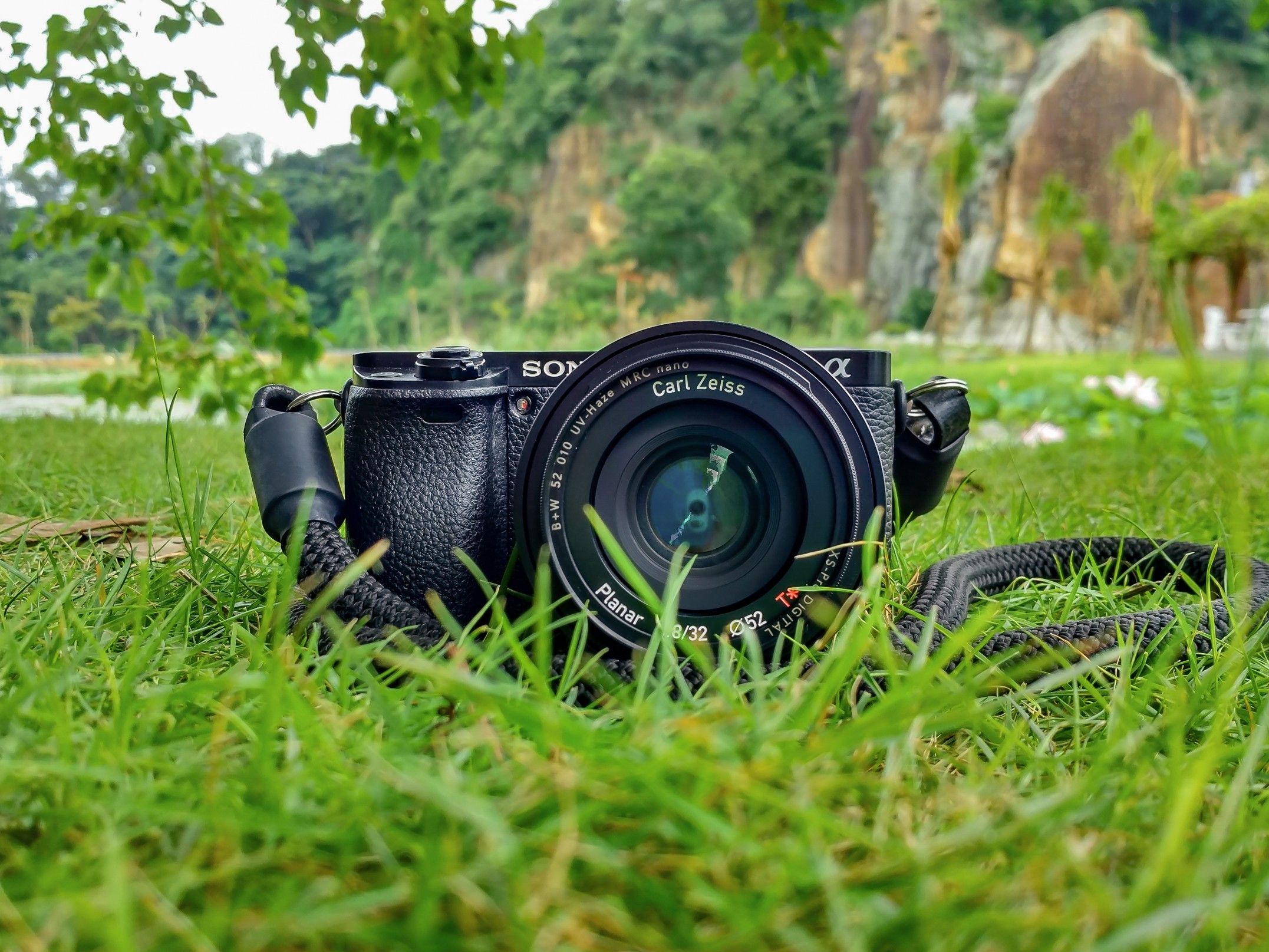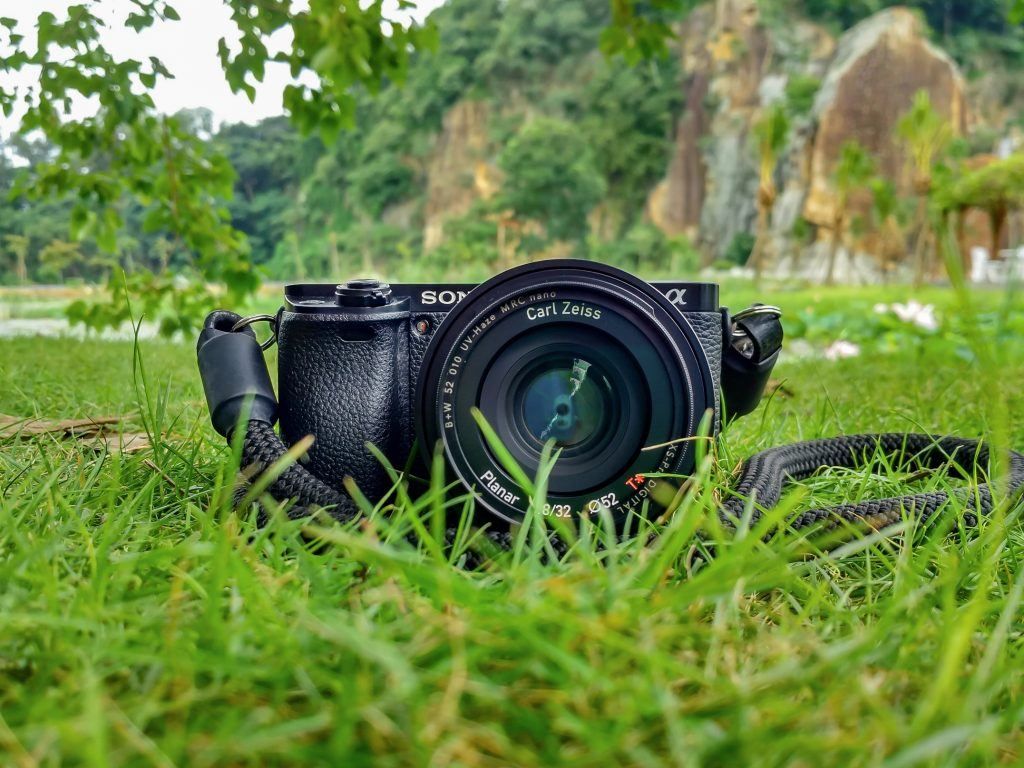Like many other photographers, I love cameras. I love film cameras, top-end DSLR cameras, quirky instant cameras, and even the cheap compacts. Old or new, big or small, I love the feeling of handling them, knowing that I am holding a magical device capable of literally freezing time for me.
We frequently hear, in photographic circles, that it’s not the camera that makes the shot; it’s the photographer that makes the shot.
This is certainly true for the most part, although you may find it challenging to shoot birds with an iPhone camera.
However, cameras are the tools of our trade, or the means by which we express ourselves, so there should be no shame in feeling passionate about them.
The cameras that I am most passionate about may surprise you.
I do not personally believe bigger is better. Nor do I chase after the highest resolution, or even the fastest burst rates.
Instead, I am most captivated by the humble – and often overlooked – compact camera.
Old or new, big or small, I love the feeling of handling them, knowing that I am holding a magical device capable of literally freezing time for me.
Years ago, camera manufacturers earned most of their profits by selling thousands of compact cameras.
At one point, shortly after the digital revolution, nearly every home had at least one point-and-shoot compact camera in it.
You most likely remember lining up at family gatherings for the obligatory group photos, grinning while blinded by the camera flash. Sadly, the advent of the smartphone essentially obliterated that market, as most consumers embraced the convenience and connectivity that the smartphone camera provides.
In response to the rise of smartphone photography, camera manufacturers began to concentrate on the higher-end DSLR camera that used interchangeable lenses. Later came the mirrorless camera models, but many camera companies also continued to perfect their compact designs as well.
Today, there are many compact cameras that offer far more capability than a smartphone is capable of, and this guide will explain why I love to use them.
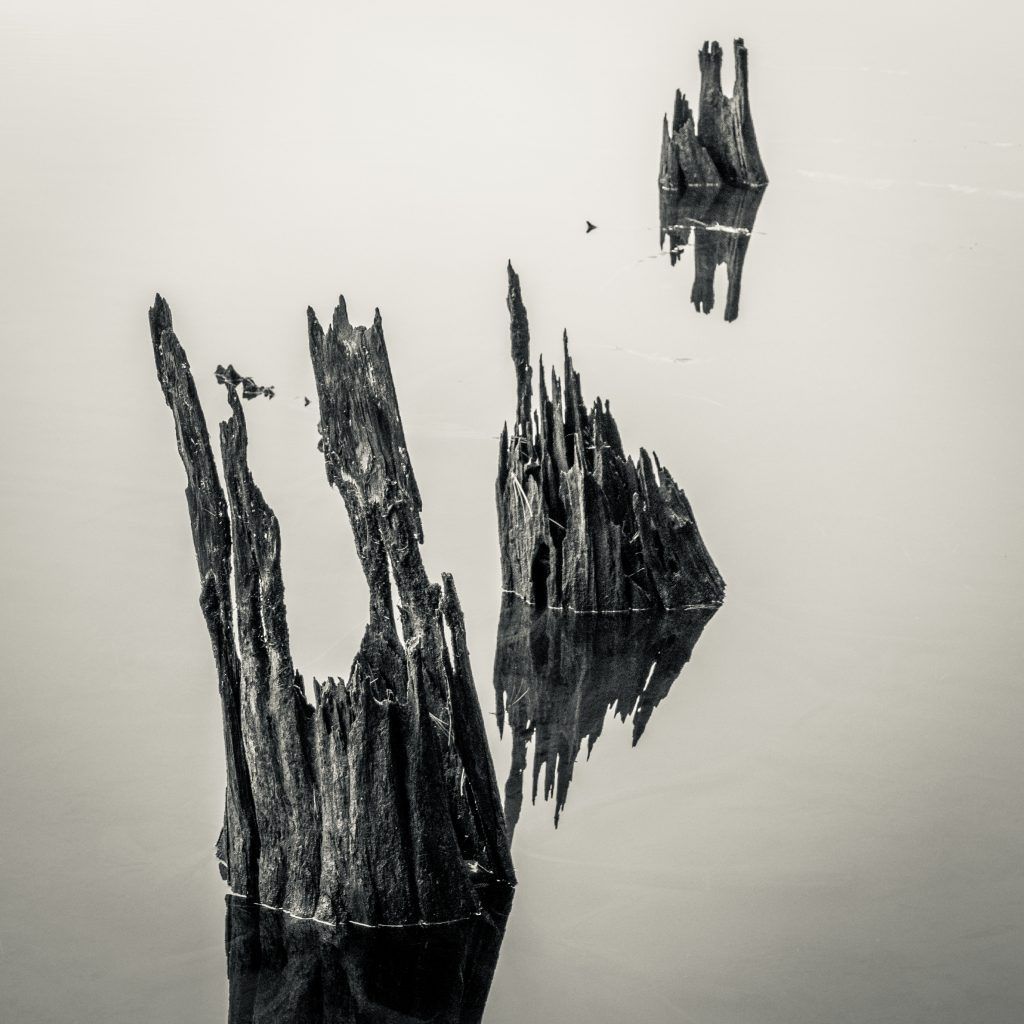
Photo by David Veldman
Recommended Reading: If you’d like to master camera settings to create gorgeous, creamy, blurry backgrounds, grab a copy of Photzy’s premium guide: Beautiful Background Blur.
The Best Camera
A phrase that you may have heard is, ‘the best camera is the one you have with you.’
This bit of photographer advice is attributed to Chase Jarvis. This simple saying conveys a potent message.
The most powerful and expensive camera in the world is useless if it is not with you.
Having worked with pro-grade equipment, I can assure you that even a Nikon D5 will not take pictures on its own.
I frequently see a trend that is repeated among my friends and family. One of them becomes enamored with the idea of photography and eventually purchases a larger ‘real’ camera like a DSLR.
At first, they shoot everything and carry their new baby everywhere.
Unfortunately, as time goes on they bring their camera out less and less, until it sits collecting dust in a cupboard.
When I ask them about it, they inevitably complain that it was just too much to carry around, and proclaim that their cellphone camera does the job just as well.
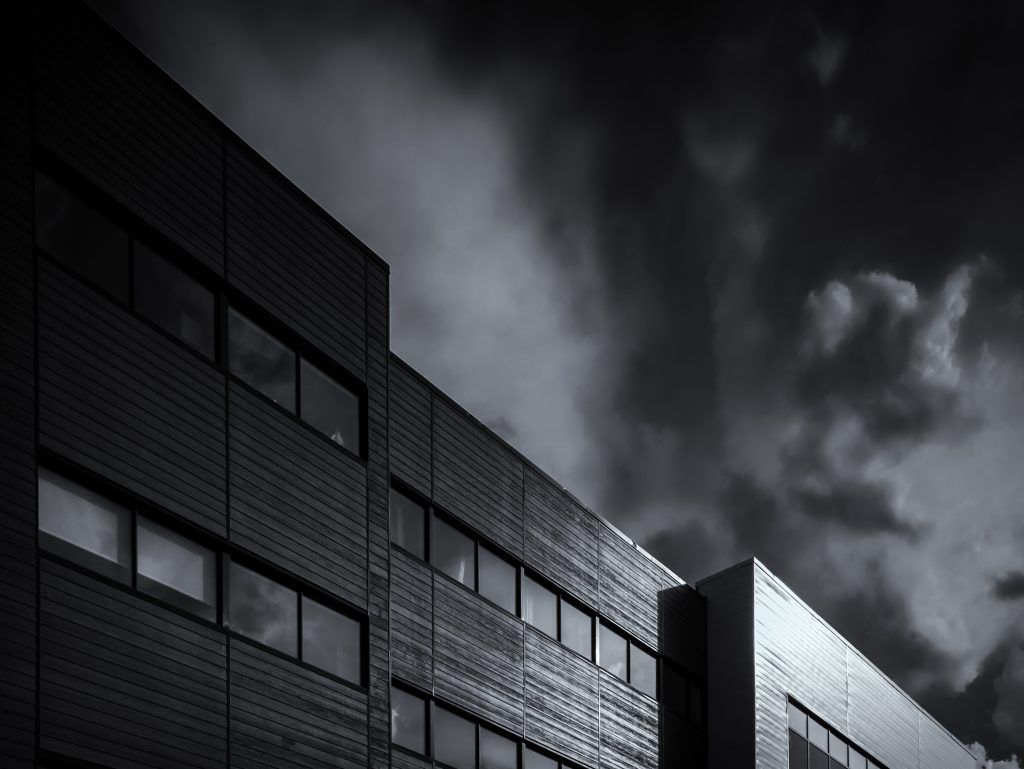
While it’s true that cellphone cameras are now remarkable tools, there are some tasks that they are not adept at performing.
This has led me to further appreciate the compact camera as a middle ground.
As its name implies, it is smaller and lighter than a system camera (in most cases). This allows you to wear them on your belt or stuff them into your coat pocket.
My compact camera always travels with me in the center console of my SUV, so that I always have something to shoot with when an image presents itself.
Key Lesson: Compact cameras fill a valuable niche role for the avid photographer. They are smaller and lighter than system cameras, but they provide far more capability and features than even the best smartphone.
Versatility
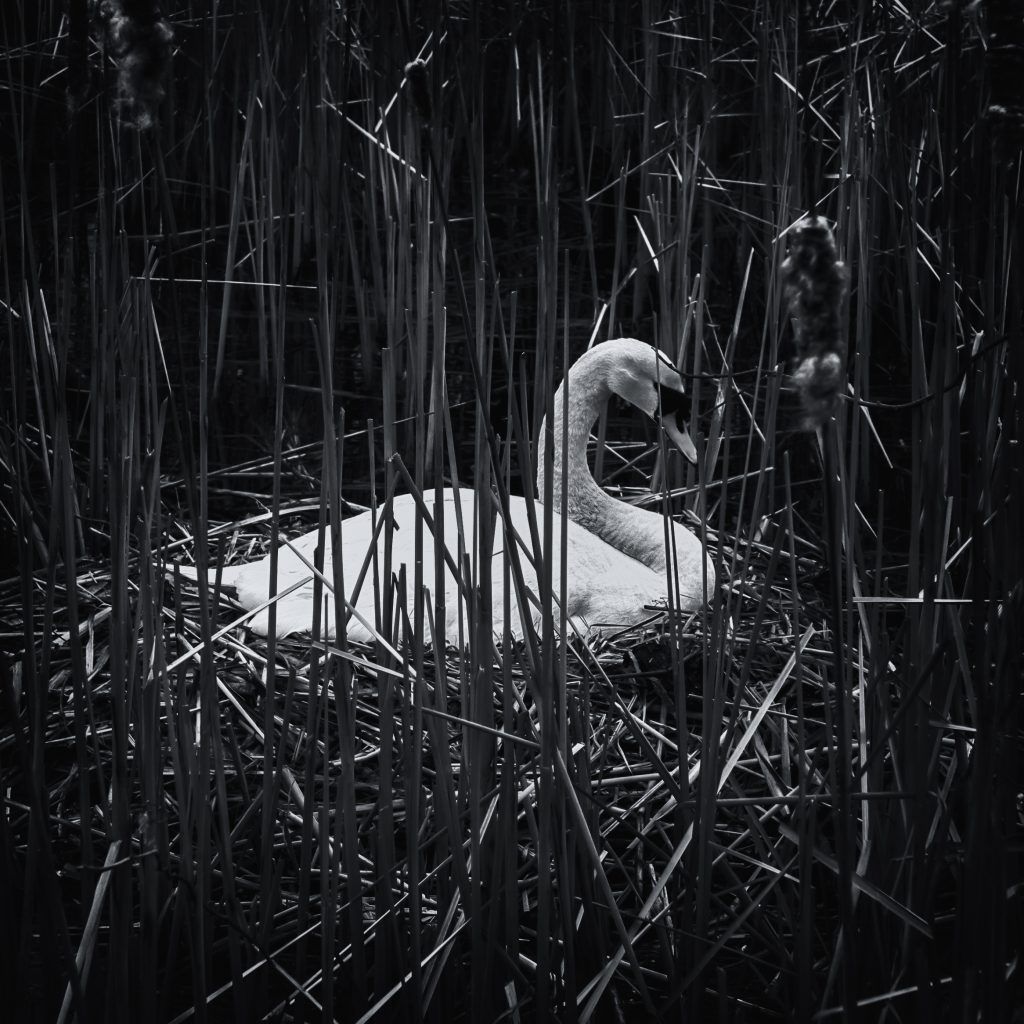
As mentioned above, compact cameras today fill a niche between smartphones and larger, more expensive cameras. When the smartphone market exploded, camera manufacturers tried to compete by adding additional features to their compact camera models. As a result, today’s compact camera is usually a well-rounded, high resolution, and fully capable photographic tool.
Most compact cameras feature an optical zoom – a feature that may seem trivial but is lacking on smartphone cameras.
This extra reach can range from a 2x to a 10x zoom.
Recommended Reading: If you’d like to master camera settings to create gorgeous, creamy, blurry backgrounds, grab a copy of Photzy’s premium guide: Beautiful Background Blur.
Macro
Due to their smaller sensor sizes and built-in lens designs, almost every compact camera allows the user immediate and inexpensive access to the world of macro photography.
Typically, a system camera (DSLR) requires the photographer to purchase a specialized (and pricey) macro lens.

These lenses can easily cost double what you paid for the camera body! Fortunately, while a compact camera rarely reproduces a perfect ‘true macro’ image, most will allow you to get quite close.
Because most macro work is done on a tripod, it is usually possible to use a longer shutter speed and a lower ISO setting.
This means that image quality with the smaller sensor is rarely a concern.
Furthermore, the smaller sensor means a deeper depth of field at a given f/stop – something that is difficult to achieve with a larger format camera.
Of course, if you want to become serious about macro photography, you may eventually need to purchase a dedicated system for it. But for those who want to simply learn about this wonderful genre of photography, or merely dabble in it, compact cameras are the perfect solution.
Image Quality
Before the smartphone revolution, most compact cameras were outfitted with a standard 1/2.3 inch inch sensor.
This sensor, while usable, is quite small. In fact, it is the same size as the one found in your smartphone.
As a result, while compacts performed well enough in strong light, they quickly degraded when higher sensitivities were required. (You’ve probably noticed the exact same issue when using your smartphone in a low light area.)
As a result, while compacts performed well enough in strong light, they quickly degraded when higher sensitivities were required.
As part of their efforts to stay competitive, the camera companies recognized this flaw and moved to combat it by adding larger and larger sensors to their compact camera models.
At first the 1/1.7 inch sensor was used, and then they migrated to the 2/3 of an inch model.
Today, 1-inch sensors are ubiquitous, and are capable of providing outstanding images thanks to modern sensor technology.
Many companies now produce larger sensor compacts using APS-C, or even full-frame sensors in tiny compact cameras.
These tiny masterpieces can create images as sharp as a mirrorless camera or even a much bulkier DSLR camera. Simply put, image quality is no longer an issue with compact cameras!
Key Lesson: Sensor technology has advanced to the point where any size camera can provide professional-level results.

Perfect For Beginners
As an avid photographer, the most common question I am asked by new enthusiasts is, “What camera should I buy?”
Inevitably, they rattle off a list of cameras they are considering, but in most cases they neglect to even consider a compact camera.
In almost every case, I have gone on to recommend an entry level, or a medium level, compact camera.
Buying into a system camera before you know what you want to shoot is a recipe for frustration!
I firmly believe that for beginners, starting on a quality compact is the best way to learn the craft, and also (hopefully) discover your personal style.
Yes, you will eventually outgrow your first camera, but when you do you will still have an ideal pocket companion for the days that you leave your system camera behind.
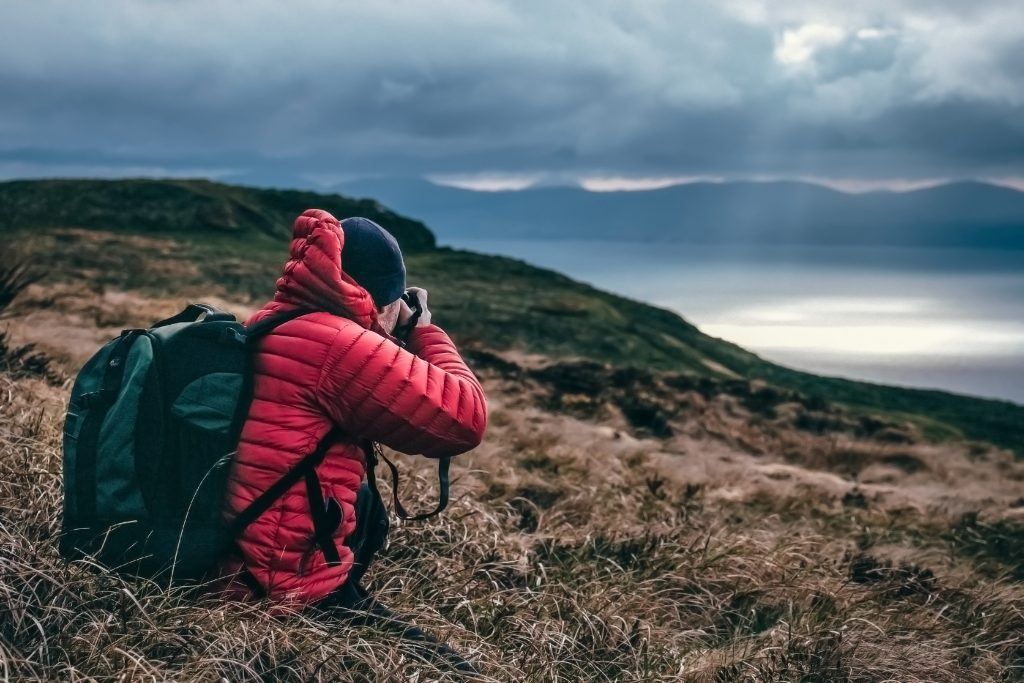
My first digital camera was a tiny Canon G11. It did not boast a high megapixel count or a large sensor.
But I learned an incredible amount about myself as a photographer from that little camera.
It taught me the penalties of shooting at a high ISO setting. I learned the effects of shutter speed and aperture.
It opened the doorway to the world of macro photography, and it sparked my love for landscape imaging.
It was at my side every day until I upgraded to a DSLR system camera, and today I own its descendant – the Canon G5X – as my new pocket companion.
Compact cameras are the perfect tools for beginner photographers and the ideal backup camera for more seasoned photographers.
Most are a joy to use, and whether you are new to photography or a veteran, I strongly recommend owning one.
Key Lesson: A compact camera can help you discover the various genres of photography, as well as your own personal tastes in subject matter, before you make the mega-purchase into a DSLR or a mirrorless camera system.
Recommended Reading: If you’d like to master camera settings to create gorgeous, creamy, blurry backgrounds, grab a copy of Photzy’s premium guide: Beautiful Background Blur.
Tips On Buying
I won’t attempt to give any specific advice on selecting a compact camera.
There are far more technical websites dedicated to those decisions, and individual needs may vary.
I will, however, point out that there are a few key aspects to consider when selecting a compact camera.
Keep in mind that nearly every camera manufacturer produces wonderful compact cameras that I would personally love to own. (There is a limit as to how many cameras my wife will let me buy, unfortunately.)
These are some compact camera features that you should take a hard look at when making a purchasing decision:
Keep in mind that nearly every camera manufacturer produces wonderful compact cameras that I would personally love to own.
EVF
Many modern compact cameras feature an ‘electronic viewfinder,’ similar to the one found on a mirrorless system camera. While some users don’t mind using an LCD screen, an EVF is invaluable for composing and reviewing photos, particularly in bright conditions.
RAW CAPTURE
Almost every compact camera today is capable of shooting raw images, and you should make sure that any compact you consider possesses this capability.
EXTRA FEATURES
Different camera companies include a variety of features in their cameras. Some are unique, such as 4k video, time-lapse capabilities, or focus stacking.
FIXED VS. ZOOM LENS
Some premium compacts do not feature a zoom lens. These fixed lens compacts often feature larger sensors and outstanding image quality; however, the usefulness of a zoom lens cannot be overstated.
Self-Check Quiz:
- Name one advantage that a compact digital camera has over a smartphone camera.
- True or False: Compact cameras do not have high resolution sensors.
- What is an EVF?
- True or False: I don’t consider the weight of my camera an issue.
- One, of several, advantages that many compact digital cameras have over smartphone cameras is that the lens is capable of ___________ the focal length.
- True or False: There are no compact digital cameras that have a full sized sensor.
- True or False: Macro photography is more difficult with a compact camera.
- When choosing a compact digital camera to buy, what format of image file is important as a feature?


